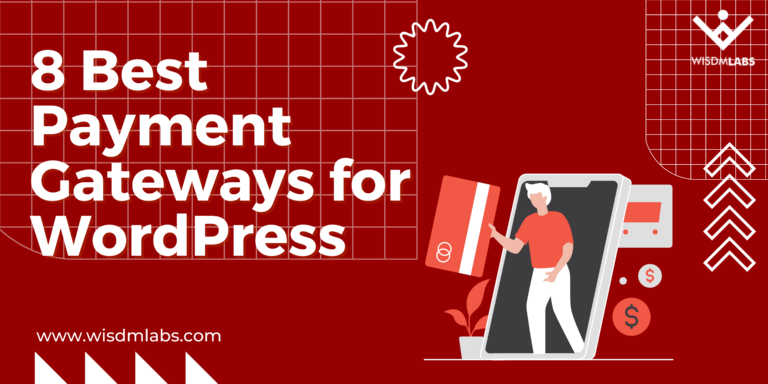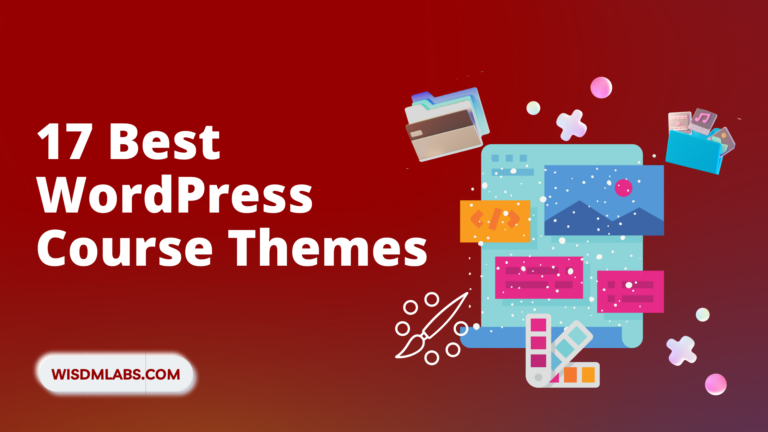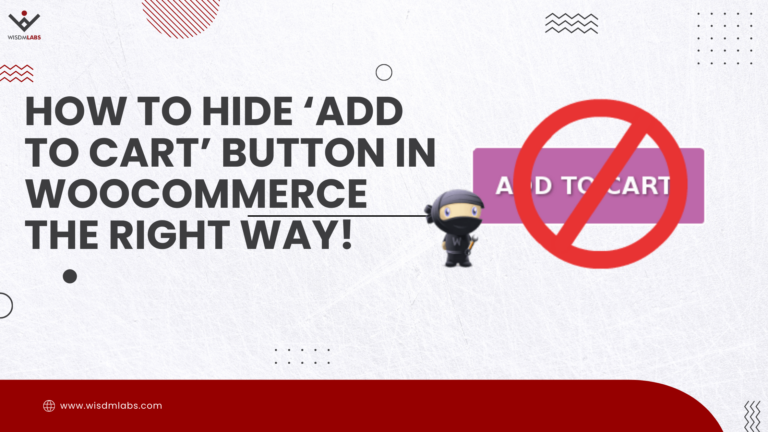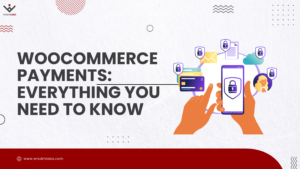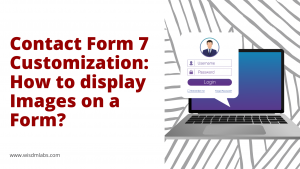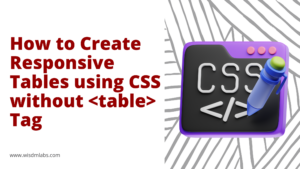
Blended learning has become one of the most popular teaching methodologies over the past decade. Although the concept of blended learning has been around for over 50 years, the recent technological developments have brought a renewed perspective towards creating blended courses. Blended learning is essentially a combination of online and offline learning activities that together build a holistic environment for knowledge sharing.
While the offline part of the course is handled in person by the instructor, Learning Management Systems play an instrumental role in developing and managing the online sections. From the many different LMSs available in the e-learning world today, LearnDash stands out as a highly flexible and feature-rich LMS that can be useful for creating blended learning courses successfully.
In this article, we shall see how LearnDash facilitates the creation of blended learning courses and the different permutations of blended learning applications.
First though, let’s understand how LearnDash can be used to build a blended learning course.
Creating a Blended Learning Course with LearnDash
LearnDash provides you with the opportunity to use different types of content in your course. The lessons and topics can be in text, audio, video, or visual formats, which offers tremendous scope for your creativity. An added advantage is that the flexibility of the LMS helps create different types of blended learning courses, with ease.
Recommended for you – An Introduction to Blended Learning with WordPress and LearnDash
The core functionalities of LearnDash and the many add-ons it offers let you design a variety of blended learning courses. For instance, you could choose to ask students to login via the online account while the actual lessons would be conducted offline.
There are 6 popular models of blended learning – the face-to-face driver model, rotation model, flex model, online lab model, self-blend model, and the online driver model. Let us see a selected few of these and how we can use LearnDash and its add-on plugins to create relevant models in different scenarios.
-
The Face-to-face Driver Model

The closest equivalent of a regular, offline school, the face-to-face driver model is where students balance traditional academics with additional online courses. This model is generally used for students who are performing poorly or extremely well in class. For the former, e-learning technology may be used to give remedial assignments that help them cope up with the rest of the class, even proceeding at their own pace. In the latter scenario, students who are performing above average can be encouraged to work for extra credits apart from the main curriculum, again, at their own pace.
Creating these additional online courses is fairly easy with the core LearnDash module. The platform lets you organize content in the Course? Lesson? Topic hierarchy which gives you lots of room to maneuver your content. You can embed video lectures, add text references, ask students to complete quizzes and assignments and award certificates and badges on completion. There are several gamification options to make learning more engaging.
You can even personalize these courses for every student to enhance their learning capacity and help them understand the syllabus better.
-
Rotation Model
In the rotation model, students rotate from one form of learning to another, over the duration of different classes. For instance, a student might study the lesson in the classroom and move to the lab for further online instruction. In this case, it is necessary for the student to have an integrated account for the online and offline courses so that he/she can keep track of the theory and practical lessons he/she has completed.
For example, suppose a website owner requires some content to be online and some to be offline such that the explanation of the concept be offline while other references, quizzes, and assignments would take place online. The final exam would be offline, conducted within the classroom.
To implement this, you can introduce new question types in the quiz module, allowing students to save and resume quizzes and retake wrong answers. In addition, you can make a provision for the instructor to allow a student to retake a quiz after a specific time interval and limit the number of attempts for every student.
Have a similar requirement? Talk to Us!
In another case, say the client wanted students to enroll through an online system and choose the courses they wanted to attend. They would then received a weekly schedule of the classes and labs for those courses and attend lectures accordingly.
To do this, you can use LearnDash and Gravity Forms. The student could be first enrolled into a course through Gravity Forms and shall complete the payment procedure. Schedules can be created for every course, displaying the start-end dates, location, prerequisites, course path, and other details. The last step would be to create a Calendar to display the schedule of the courses the student had enrolled into. These could be filtered by Course Author as well.
An alternative solution is to create the courses as recurring events using the LearnDash-Event Espresso integration. These can then be added to and synced with Google calendar, which would send regular reminders to students about the upcoming lessons. For bulk enrollment of students, you could use the Group Registration plugin for LearnDash.
Want this Solution? Get in Touch!
Another minor variation in such a project is when the client only wanted students to login to the course online, while the lectures were conducted offline. This reduced the work of the instructor to a great extent, as he did not need to spend time on marking attendance every day. For this functionality, you need to integrate an online attendance management system with LearnDash, which would let the student mark his own attendance for the lesson.
-
Flex Model

The flex model is where all courses are conducted online but in a brick-and-mortar classroom, under the tutelage of an instructor. The instructor offers guidance at various stages of the course and clarifies any doubts the students might have. The learning pace is self-guided, with teachers stepping in to conduct group activities.
The advantage of such a module is that there is no age limit for the people attending the course. This enables students to learn at their own speed and in the company of like-minded peers. It is also beneficial for students who might have dropped out of school previously for whatever reason and want to now continue their education.
This model could be the basis of a website owner who wanted to manually generate a certificate for students only once they had completed the course to the instructor’s satisfaction.
To implement this functionality, you would need to create individual certificate keys for every student. The Instructor could enter the key after assessing the student’s progress and knowledge-retention. This would generate a certificate with a unique code, which could be viewed by any instructor in the future.
-
Online Driver Model
The online driver model is when the student can be attending the course from any corner of the earth. The course material is supplied online while any physical projects are done by the student at his/her end. In case the student has any doubts, they can talk to the instructors during the lesson or chat afterwards.
This model is becoming very popular amongst students as they are free to pursue independent work apart from the time they have to attend the course. The advantage of using such a module is that any doubts the students may have can be resolved immediately, which does not happen in a typical e-learning solution. In a generic e-learning classroom, the student has to raise his query in a forum which is then answered by the instructor or other course members in due time.
Say an e-learning website owner was looking to build a virtual classroom that would allow her to conduct classes in real-time and let students complete assignments and projects later. To implement this, you can use the WordPress Integration tool and the Zoom API to add the feature of a live classroom(read: ‘meeting’ in Zoom lingo) to the native LearnDash interface.
Alternatively, you can also use the LearnDash Zoom Integration by Zapier.
A video hosting tool like Zoom will allow you to automate and streamline administrative tasks like creating meetings, adding registered students, attendance, sending out notifications. It makes for an error-free process and cuts your work down in half.
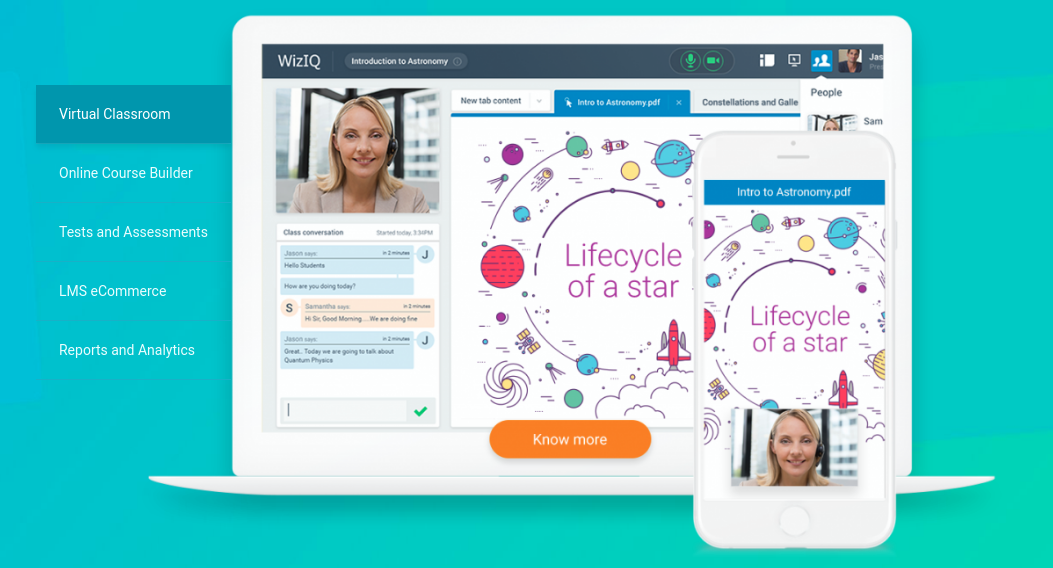
Need this Solution? Get in Touch!
Endnote
We see that there are numerous applications of blended learning which can be implemented successfully using LearnDash and its add-ons. Not only does LearnDash let you work across the entire spectrum of blended learning, it helps you do so very easily.
As LearnDash experts, we have customized a variety of such LearnDash projects for a huge number of applications.
What are your thoughts about using LearnDash for blended learning courses? Any requirement you would like to discuss with us? Drop a comment to get in touch!

